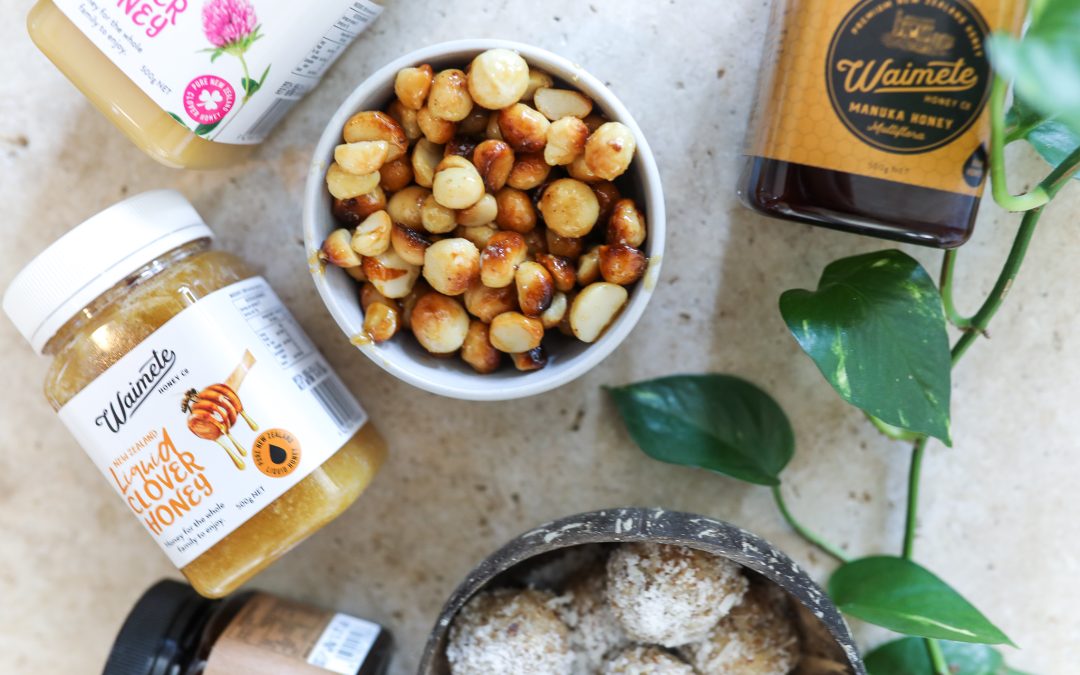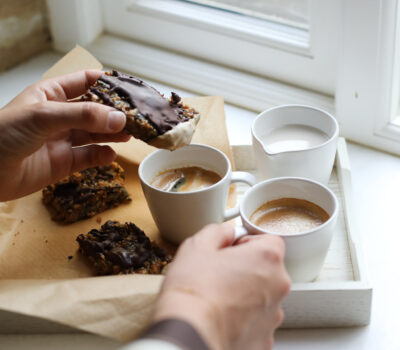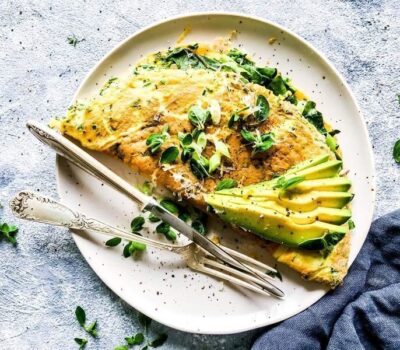Ever since learning of the extraordinary benefits of this remarkable gift from nature, while studying in naturopathic school, Manuka honey has been a staple in both our pantry and medicine cabinet. Manuka (also known as Leptospermum species) is a tree native to New Zealand. It is the nectar from this tree that is responsible for the potent antimicrobial, antiviral and wound healing properties of the honey produced from the bees that forage from them. However, not all Manuka honey is the same.
Why we choose Egmont Waimete Manuka Honey
With increasingly widespread use of pesticides and herbicides, the nectar of the flowers from which bees forage can become contaminated. This is one of the contributing factors to the precipitous decline in the bee population. Apart from making honey, bees have a critical pollinating role, without which our future would be in jeopardy. Egmont Honey bees are never exposed to any pesticides or herbicides and the company contributes 10% of their revenue to hive regeneration projects supporting the increase of the global bee population.
As with all food produce, the quality will vary as a direct result of the environment in which it is produced, as well as the processing methods. It is hard to imagine more idyllic conditions than Manuka forests in New Zealand which are so remote that they are only accessible by helicopter. The bees forage naturally and produce honey of exceptional purity. The delicious raw honey produced remains unpasteurised and is available for sale in different strengths, ranging from MGO 30+ to UMF 10+. More on what this means below.
Another concern is that, since the popularity of Manuka has grown exponentially, particularly in light of the increased incidence of anti-biotic resistant bacterial infections, more of this product has flooded on to the market to meet the demand. This means the quality has become more questionable and it is even more important to know sources. There have even been reports that more Manuka honey is purchased than is actually produced. So, doing the sums, it seems not all Manuka Honey really is what it claims to be.
What does UMF and MGO mean?
UMFTM stands for Unique Manuka Factor and reflects key markers which ascertain the authentici- ty and strength of honey. The rating is assigned by the UMFHA (Unique Manuka Factor Honey Association), a NZ based independent regulatory body.
MGO (Methylglyoxal) reflects quantities of this particular marker only. This is a phytochemical recently identified as having antimicrobial activity.
More information on the criteria and grading system can be found here. are extremely strict and it is essential to check for the logo (below) to ensure you are buying genuine Manuka.

We are big advocates for manuka honey and use it in many ways.
Incorporating it into simple recipes and elixirs is a great (and delicious) way to support our immune systems and keep us healthy! Here are 3 of our favourite ways to incorporate this delicious ingredient.
Lemon & Honey Bliss Balls
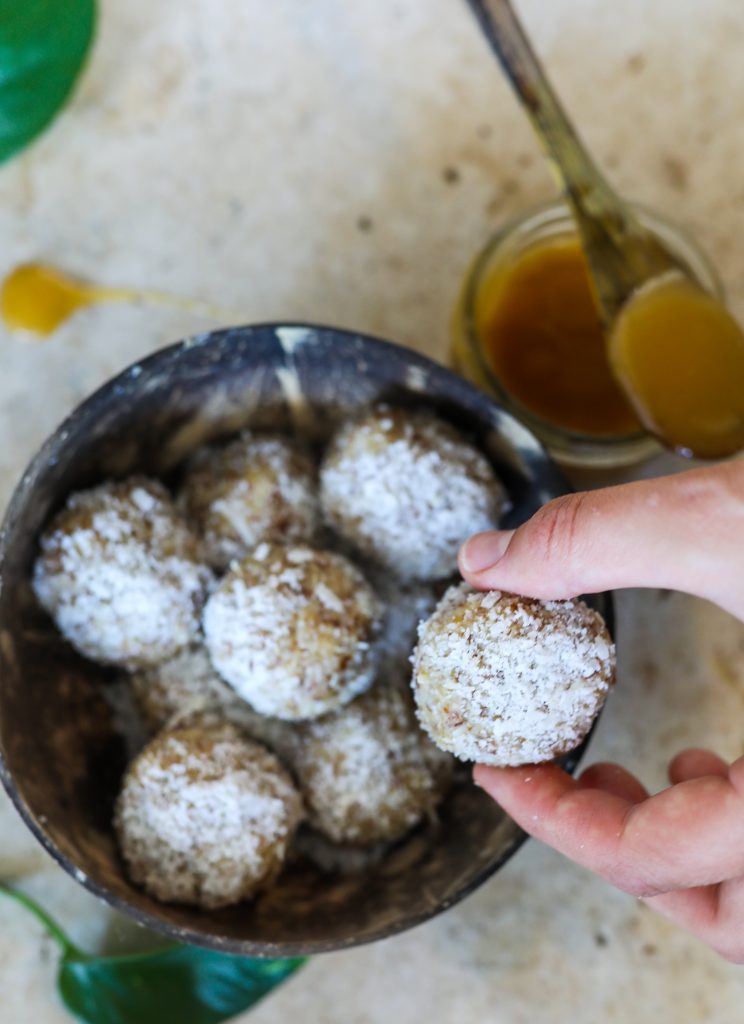
Ingredients (Makes 10)
1 1/4 cup almond meal
1 cup desiccated coconut (+ extra to roll)
1/4 cup Egmont Manuka Honey
1/4 cup hulled tahini
1/4 cup coconut oil
1 tbsp lemon juice
1/2 tbsp lemon zest
1/4 tsp vanilla bean powder
Directions
- Combine all ingredients in a mixing bowl, mix until well combined.
- Arrange into small balls, rolling in desiccated coconut.
- Cover and store in the fridge. Serve and enjoy.
Turmeric Latte
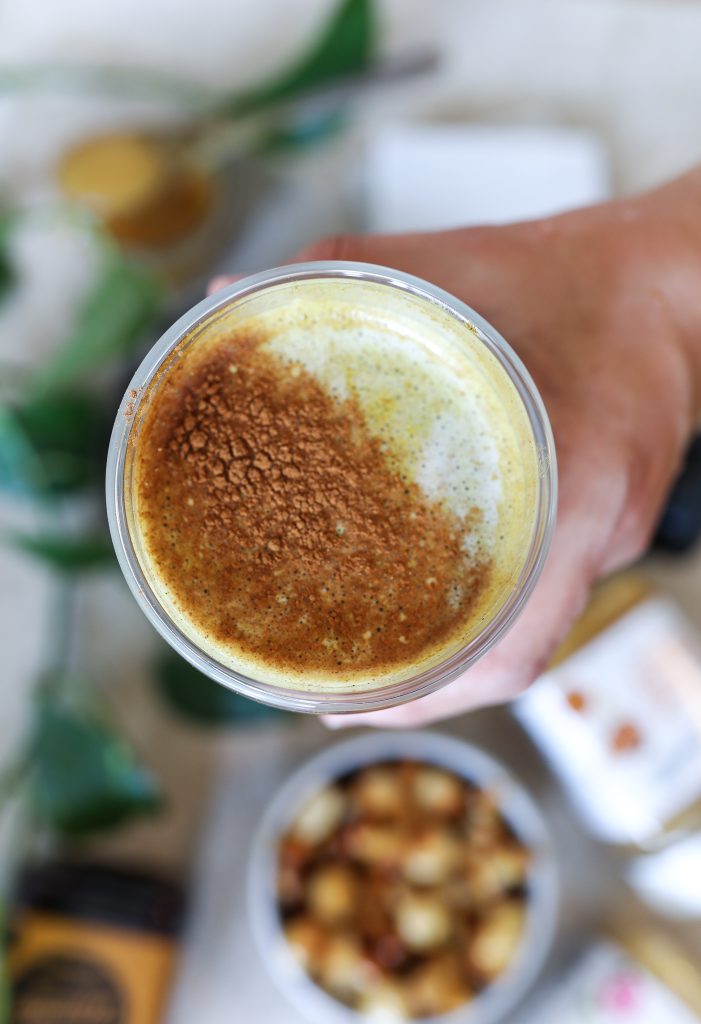
Ingredients (serves 1)
1 heaped tsp turmeric latté blend
1-2 tsp Egmont Manuka Honey
Dash boiling water
250 ml oat milk
Cinnamon, to dust on top
Directions
- Combine turmeric latté blend and honey in a glass/mug.
- Add a dash of boiling water and mix until it forms a paste like consistency.
- Top up with heated oat milk.
- Dust with cinnamon (optional). Serve and enjoy.
Honey Macadamias
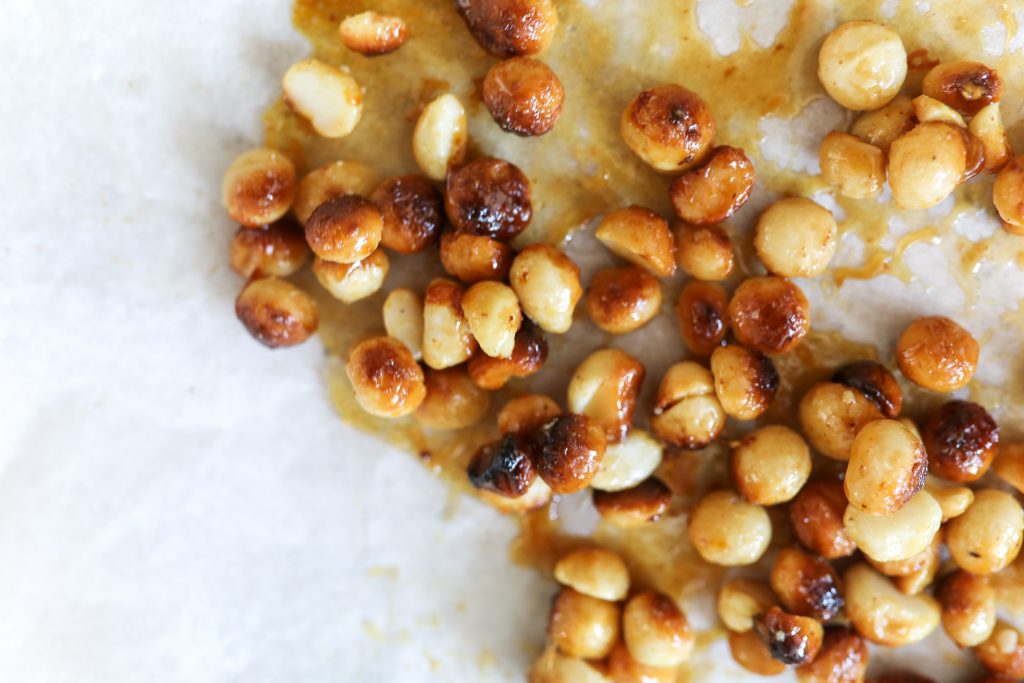
Ingredients (serves 6)
1 cup macadamias
3 tbsp Egmont Manuka Honey
Pinch of sea salt
1 tsp coconut oil (optional)
Directions
- Preheat oven to 180 degrees C.
- Combine all ingredients in a mixing bowl, mix until all macadamias are coated with honey.
- Arrange on a lined baking tray and bake for 5-7 minutes, turning occasionally.
- Allow to cool, serve and enjoy.
*Store in an air tight container at room temperature.
Visit Egmont Honey to see the extensive range of honeys made by Egmont.

